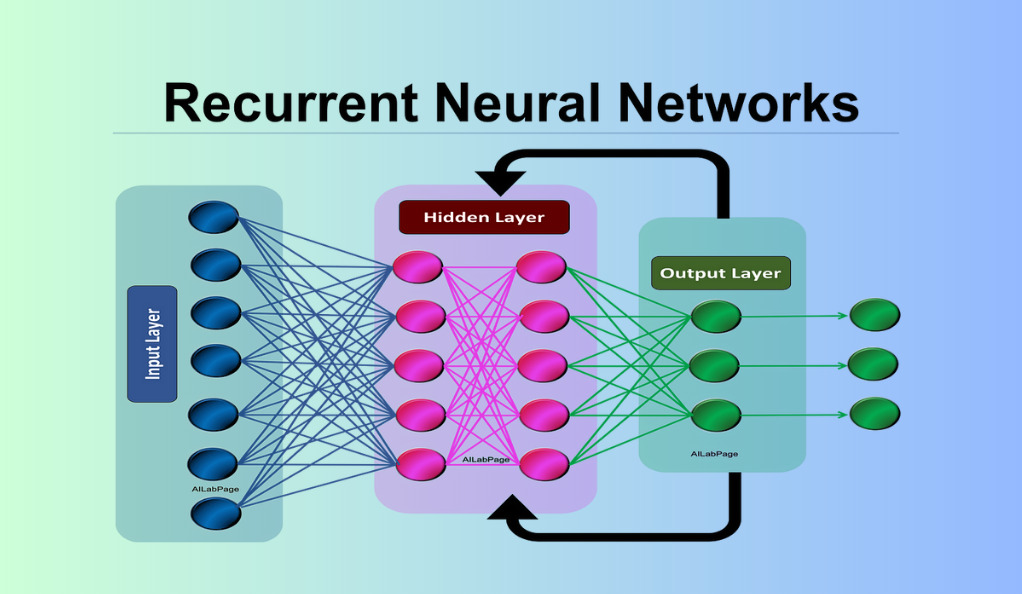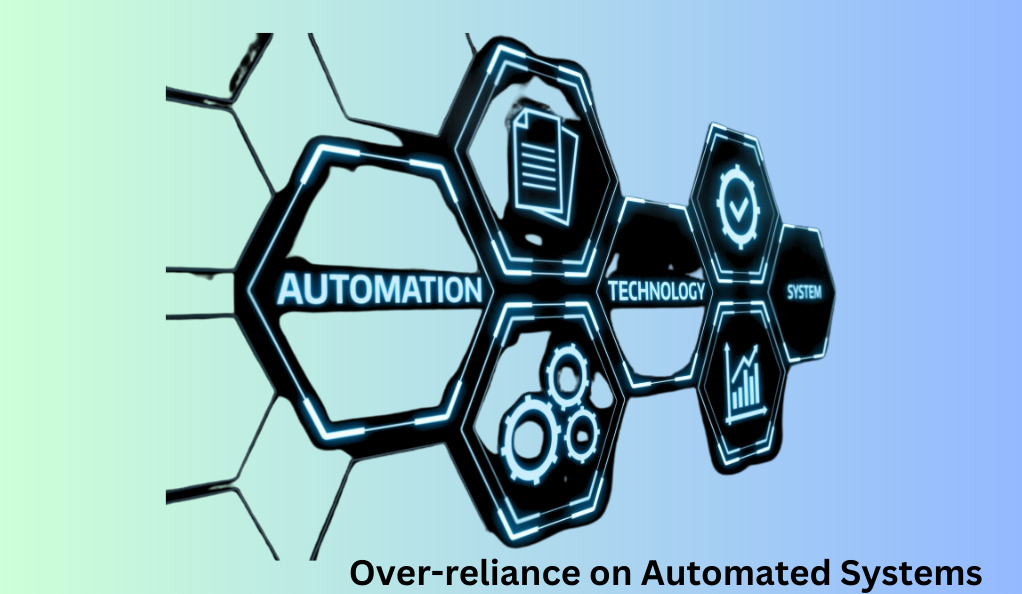The Role of AI and Machine Learning in Crypto Predictions
The world of finance has always been characterized by its dynamic nature, with markets constantly shifting in response to a myriad of factors. However, the introduction of cryptocurrencies has added a new layer of complexity to this landscape. With their decentralized nature, lack of regulation, and the sheer number of available coins, predicting cryptocurrency market movements has become a challenge even for seasoned investors. This is where the power of Artificial Intelligence (AI) and Machine Learning (ML) comes into play, offering tools and techniques to navigate this volatile market.
The Need for Predictive Tools
Given the volatility of the cryptocurrency market, where prices can swing dramatically in a matter of hours, having accurate predictive tools is not just beneficial—it’s essential. Traditional financial analysis tools, which rely heavily on historical data and established market trends, often fall short when applied to the crypto realm. This is primarily because the cryptocurrency market is influenced by a unique set of factors, from regulatory news to technological advancements and even social media trends.
AI and ML: The New Frontier in Crypto Predictions
Artificial Intelligence, at its core, is the simulation of human intelligence processes by machines. When applied to finance, AI can process vast amounts of data at incredible speeds, identifying patterns and trends that might be invisible to the human eye. Machine Learning, a subset of AI, involves algorithms that allow computers to learn from and make decisions based on data. In the context of cryptocurrencies, ML models can be trained on historical price data, trading volumes, and even news articles to predict future price movements.
Historical Context
The intertwining of AI, machine learning, and the cryptocurrency market is a tale of two revolutions. To truly understand the significance of their convergence, we must first delve into their individual evolutions and the circumstances that brought them together.
The Dawn of Cryptocurrency: Bitcoin’s Emergence
In the aftermath of the 2008 financial crisis, trust in traditional banking systems was at an all-time low. It was in this climate that Bitcoin was introduced to the world through a whitepaper by the pseudonymous Satoshi Nakamoto. Touted as a decentralized, peer-to-peer electronic cash system, Bitcoin aimed to eliminate the need for intermediaries and offer a transparent, immutable ledger known as the blockchain. This was the world’s first introduction to a cryptocurrency—a digital asset that relied on cryptographic techniques for its creation, management, and verification.
The Rise and Spread of Cryptocurrencies
Bitcoin’s introduction opened the floodgates for a plethora of other digital currencies. Ethereum introduced the concept of “smart contracts,” allowing for programmable, self-executing contracts with the terms of the agreement directly written into code. Ripple aimed to streamline cross-border payments, while Litecoin promised faster transaction times. The market saw a surge in Initial Coin Offerings (ICOs), where new cryptocurrencies were introduced to potential investors.

AI and Machine Learning: From Sci-Fi to Reality
Parallel to the crypto revolution, another transformation was underway in the realm of technology: the rise of AI and machine learning. Once the stuff of science fiction, AI began to find practical applications in the late 20th century. Machine learning, with its ability to process vast amounts of data and identify patterns, became a cornerstone in sectors ranging from healthcare to finance. The 21st century saw an explosion in AI research and applications, driven by advancements in computational power and the availability of big data.
Convergence: AI Meets Crypto
As the cryptocurrency market matured, it became evident that traditional analytical tools were insufficient in predicting its movements. The market’s volatility, influenced by factors ranging from regulatory changes to tweets from influential personalities, required a more sophisticated approach. Enter AI and machine learning. Hedge funds and individual investors alike began employing machine learning models to predict price movements, assess market sentiment from news articles, and even automate trading strategies.
Notable Milestones in AI-Powered Crypto Analysis
- 2014: The first AI-driven crypto trading bots emerge, offering automated trading based on predefined parameters.
- 2016: Machine learning models are introduced that analyze social media sentiment to predict crypto price movements.
- 2018: Deep learning, a subset of machine learning, is employed to analyze the vast and complex datasets of the crypto market.
- 2020: Reinforcement learning, where models learn by trial and error, is used to optimize crypto trading strategies.
The Power of Machine Learning in Crypto Predictions
In the vast and intricate world of cryptocurrencies, the ability to forecast market movements is invaluable. Machine Learning (ML), with its data-driven approach, has emerged as a potent tool in this endeavor. But what makes ML so effective in predicting crypto trends? Let’s delve into the mechanics and marvels of this technology in the context of the digital currency landscape.
Understanding Machine Learning
At its core, Machine Learning is a subset of AI that enables computers to learn from data without being explicitly programmed. It involves feeding algorithms vast amounts of data, allowing them to identify patterns, make decisions, and even predict future outcomes based on historical data.
Why Machine Learning for Crypto?
Cryptocurrencies are inherently volatile, influenced by a myriad of factors from global economic trends to individual tweets. Traditional financial models, based on deterministic factors, often fall short in this unpredictable environment. ML, on the other hand:
- Adapts to New Data: ML models can be retrained with new data, ensuring they remain relevant and accurate.
- Handles Vast Datasets: Cryptocurrencies generate massive amounts of data daily. ML can process this data efficiently.
- Uncovers Hidden Patterns: ML can identify non-obvious correlations between various factors influencing crypto prices.
Key Machine Learning Techniques in Crypto Predictions
Time Series Forecasting: Given that crypto prices are a continuous sequence of data points (time series), techniques like ARIMA and Prophet are used to predict future values based on past trends.
Sentiment Analysis: ML models analyze vast amounts of textual data from news articles, blogs, and social media to gauge market sentiment. Positive sentiment can indicate a potential price surge, while negative sentiment might signal a drop.
Classification Models: Algorithms like Random Forests and Gradient Boosting can classify potential market movements into categories like ‘Bullish’, ‘Bearish’, or ‘Neutral’.
Case Studies: Machine Learning in Action
In the months preceding Bitcoin’s remarkable price surge in December 2017, machine learning models integrating sentiment analysis from social media identified an exceptionally optimistic sentiment. This surge was later attributed to the positive outlook detected through these models. Presently, numerous cryptocurrency trading platforms provide automated trading bots that employ machine learning to execute trades. These bots swiftly analyze real-time market data, enabling instantaneous and strategic trading choices aimed at maximizing profits.
The Limitations
While ML offers unparalleled advantages, it’s essential to understand its limitations:
- Overfitting: If an ML model is too complex, it might perform exceptionally well on training data but fail with new, unseen data.
- Noise vs. Information: Cryptocurrencies can sometimes be influenced by ‘noise’ (random, irrelevant data). ML models might mistakenly interpret noise as meaningful information.
- Requirement of Quality Data: The efficacy of an ML model is only as good as the data it’s trained on. Poor or biased data can lead to inaccurate predictions.
Deep Dive: Techniques and Models
The application of AI and Machine Learning in predicting cryptocurrency market movements is not a monolithic approach. Instead, it’s a rich tapestry of techniques, models, and algorithms, each with its strengths, limitations, and ideal use cases. In this section, we’ll delve into some of the most prominent models and techniques that have found favor in the crypto prediction realm.
Recurrent Neural Networks (RNNs)

- What are RNNs? RNNs are a type of neural network designed to recognize patterns in sequences of data, such as time series or natural language.
- Application in Crypto: Given the sequential nature of price data, RNNs are apt for predicting future cryptocurrency prices based on past trends.
- Limitations: Vanilla RNNs suffer from short-term memory, meaning they struggle with long sequences. This led to the development of more advanced versions like LSTM (Long Short-Term Memory) and GRU (Gated Recurrent Units).
Temporal Convolutional Networks (TCNs)
TCNs, or Temporal Convolutional Networks, represent a specialized neural network model designed for sequential data, presenting notable benefits over RNNs, particularly in terms of streamlined training and enhanced scalability. In the realm of cryptocurrency, TCNs find application in forecasting price trends by processing sequences of prior prices and trading volumes. Notably, TCNs excel in managing extended sequences more efficiently than RNNs, rendering them apt for in-depth analysis of extensive historical data.
Memory-Free Prediction Models
Random Forests: An ensemble learning method that can be used for both classification and regression tasks. It works by constructing multiple decision trees during training and outputs the mode of the classes for classification or mean prediction for regression.
Gradient Boosting Classifiers: An iterative algorithm that adjusts for the errors of the previous models. It’s particularly useful for large datasets and complex data structures, making it apt for crypto predictions.
Feature Engineering in Crypto Predictions
Feature engineering plays a pivotal role in enhancing the performance of ML models. In the context of crypto:
- Price Momentum: Calculated as the difference between the current price and a previous price.
- Trading Volume: The number of coins traded in a specific period can indicate market activity.
- Historical Volatility: Measures the price fluctuations over a specified period.
The Role of External Data
In addition to fundamental historical price and volume data, external data sources play a pivotal role in shaping insights within the cryptocurrency realm:
News Sentiment Analysis assumes a critical role, employing algorithms to dissect news articles and extract market sentiment, thus offering a comprehensive view of prevailing trends.
Social Media Trends, as observed on platforms such as Twitter and Reddit, wield substantial influence over crypto prices. Harnessing the power of machine learning models, these platforms can be meticulously scrutinized to uncover valuable insights.
Challenges and Limitations
While the fusion of AI and Machine Learning with cryptocurrency predictions has ushered in a new era of advanced financial analytics, it’s not without its challenges. The volatile nature of the crypto market, combined with the intricacies of AI models, presents a unique set of hurdles. In this section, we’ll explore these challenges and the inherent limitations of relying solely on AI for crypto predictions.
The Unpredictability of the Crypto Market
- External Factors: Cryptocurrencies are susceptible to a wide range of external influences, from geopolitical events to regulatory changes and even comments from influential figures.
- Market Manipulation: The crypto market, especially smaller coins, can be manipulated by “whales” (large holders of cryptocurrencies) or coordinated trading groups.
Overfitting: A Double-Edged Sword
Definition: Overfitting occurs when a model learns the training data too well, including its noise and outliers, making it perform poorly on new, unseen data.
Implications for Crypto: Given the market’s volatility, models that are too finely tuned to past data might fail to generalize to new market conditions.
Data Quality and Integrity
Incomplete data poses a substantial challenge as it can distort predictions. For instance, the absence of data points from specific exchanges can result in fragmented insights, undermining the accuracy of analyses. Moreover, the issue of misleading data further complicates matters. Instances such as fake news dissemination or orchestrated social media campaigns can deceive sentiment analysis models, ultimately compromising the reliability of their outputs.
Model Complexity vs. Interpretability
- Trade-off: Highly complex models, while potentially more accurate, can be challenging to interpret. Simpler models might offer clearer insights but at the cost of precision.
- Implications: For traders and investors, understanding the rationale behind a prediction can be as crucial as the prediction itself.
Ethical Considerations
Bias in Models: If models are trained on biased data, their predictions can perpetuate these biases. For instance, sentiment analysis models might be skewed if trained primarily on negative news articles about crypto.
Privacy Concerns: Analyzing social media for sentiment can raise privacy issues, especially if individual user data is not anonymized.
Over-reliance on Automated Systems
While AI models offer valuable insights, the significance of human intuition and expertise cannot be overlooked. Excessive dependence on automated predictions holds the potential for overlooking opportunities or making erroneous judgments. Additionally, the vulnerability to system failures presents a notable concern. Technical disruptions, software errors, or cyber-attacks can intricately disrupt AI-powered trading systems, resulting in financial losses that necessitate a cautious approach to their integration.

Future of AI in Cryptocurrency Trading
The intersection of AI and cryptocurrency is still in its nascent stages, with both fields undergoing rapid evolution. As we look to the horizon, the potential for growth and innovation is vast. In this section, we’ll explore the prospective advancements in AI-driven cryptocurrency trading and the transformative impact they might have on the financial landscape.
Deep Reinforcement Learning in Trading
Reinforcement Learning (RL) constitutes a branch of machine learning wherein an agent acquires behavioral patterns within an environment through actions and subsequent rewards. The fusion of deep learning and RL, known as Deep RL, has emerged, further enhancing its capabilities. In the realm of cryptocurrency, Deep RL holds promise as a mechanism to formulate trading strategies that dynamically evolve and refine themselves through ongoing data assimilation. This adaptability has the potential to yield optimal returns by capitalizing on changing market conditions.
Evolution of Predictive Models
- Neural Architecture Search (NAS): Future AI models might use NAS to automatically search for the best model architectures, leading to more accurate predictions.
- Transfer Learning: Models trained on one type of financial data might be adapted to predict cryptocurrency trends, speeding up the training process.
Integration of Quantum Computing
Enhanced Computational Power: Quantum computers, with their ability to perform complex calculations at unprecedented speeds, could revolutionize AI-driven crypto trading.
Real-time Predictions: Quantum-enhanced AI models might offer real-time predictions, adjusting to market changes instantaneously.
Decentralized AI Trading Platforms
- Blockchain and AI Fusion: We might see the rise of decentralized trading platforms where AI algorithms are stored and executed on blockchain, ensuring transparency and reducing the risk of manipulation.
- Crowdsourced AI Models: Traders from around the world could contribute to and benefit from collective AI models, leading to more robust and diverse trading strategies.
Enhanced Security Measures
AI-Powered Fraud Detection: AI models can be trained to detect unusual trading patterns, potentially identifying and preventing fraudulent activities.
Smart Contract Verification: AI can be used to automatically verify and validate smart contracts, ensuring their integrity and security.
Personalized AI Trading Assistants
AI-powered bots have the potential to provide customized trading strategies tailored to an individual’s risk tolerance, financial objectives, and historical trading patterns. Additionally, the evolution of AI models could encompass emotional analysis, where a trader’s emotional state is scrutinized to deter impulsive actions stemming from emotions like fear or greed. This multi-faceted approach signifies a future in which AI not only optimizes trading decisions but also takes into account the psychological aspects of trading behavior.
Conclusion and the Road Ahead
As we stand at the crossroads of technological innovation and financial evolution, the fusion of AI and cryptocurrency represents a paradigm shift in how we approach trading and market predictions. The journey thus far has been marked by groundbreaking advancements, challenges, and invaluable lessons. Looking ahead, the symbiotic relationship between AI and the crypto realm promises not only to redefine trading strategies but also to democratize access to financial insights. While uncertainties remain, one thing is clear: we are on the brink of a new era where data-driven intelligence and human intuition converge to shape the future of finance.
Bitcoin-up is dedicated to providing fair and trustworthy information on topics such as cryptocurrency, finance, trading, and stocks. It's important to note that we do not have the capacity to provide financial advice, and we strongly encourage users to engage in their own thorough research.
Read More